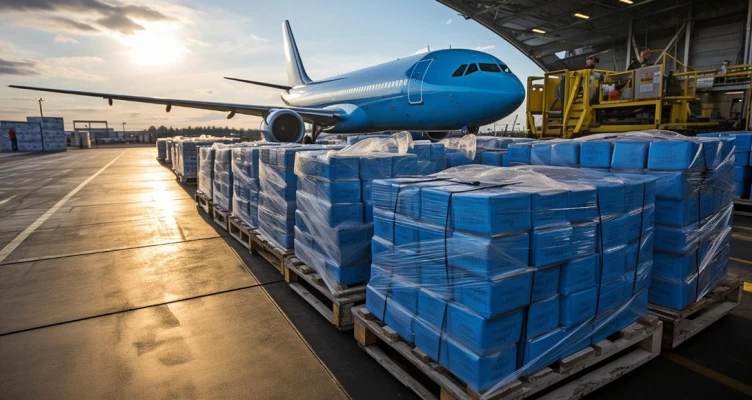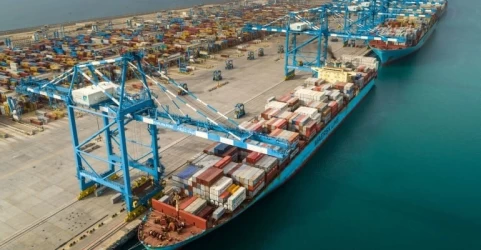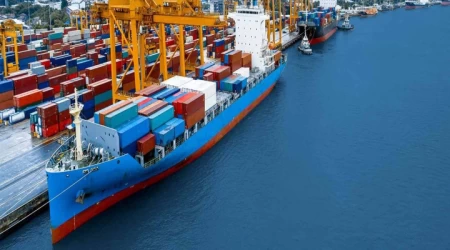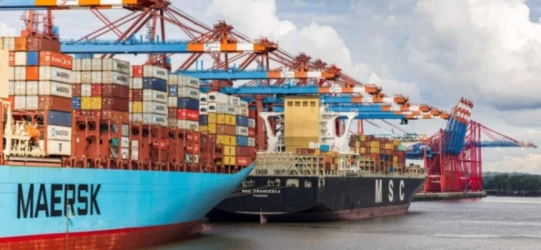The Evolution and Impact of Air Transportation
Air transportation has revolutionized the way we travel, connect, and conduct business globally. From its humble beginnings in the early 20th century to the sophisticated and extensive network we have today, air transportation has become an indispensable part of modern life.
Historical Background
The history of air transportation dates back to the Wright brothers’ first powered flight in 1903. This groundbreaking achievement paved the way for the development of commercial aviation. By the 1950s, jet engines had transformed air travel, making it faster and more accessible to the general public.
Technological Advancements
Technological advancements have played a crucial role in the evolution of air transportation. Innovations such as the development of more efficient jet engines, advanced navigation systems, and improved aerodynamics have significantly enhanced the safety, speed, and efficiency of air travel. The introduction of wide-body aircraft, like the Boeing 747, revolutionized long-haul flights, allowing airlines to carry more passengers and cargo over greater distances.
Economic Impact
Air transportation has a profound economic impact on both global and local economies. It facilitates international trade by enabling the rapid movement of goods across continents. Airports and airlines generate millions of jobs worldwide, contributing significantly to the GDP of many countries. Tourism, a major economic driver, heavily relies on air transportation to bring travelers to various destinations.
Environmental Considerations
Despite its many benefits, air transportation also poses environmental challenges. Aircraft emissions contribute to air pollution and climate change. The aviation industry is actively working on reducing its carbon footprint through the development of more fuel-efficient engines, sustainable aviation fuels, and exploring electric and hybrid aircraft technologies.
Future Prospects
The future of air transportation looks promising with ongoing advancements in technology and sustainability efforts. Innovations such as supersonic travel, autonomous aircraft, and improved air traffic management systems are expected to further enhance the efficiency and convenience of air travel. Additionally, the industry is committed to achieving net-zero carbon emissions by 2050, aligning with global environmental goals.
Conclusion
Air transportation has come a long way since the Wright brothers’ first flight. It continues to be a vital component of the global transportation network, driving economic growth, connecting people and cultures, and pushing the boundaries of technological innovation. As the industry evolves, it will undoubtedly face challenges, but its resilience and adaptability will ensure that it remains a cornerstone of modern society.
if you have a specific question or need more details, Iran's logistics experts are your answer!











